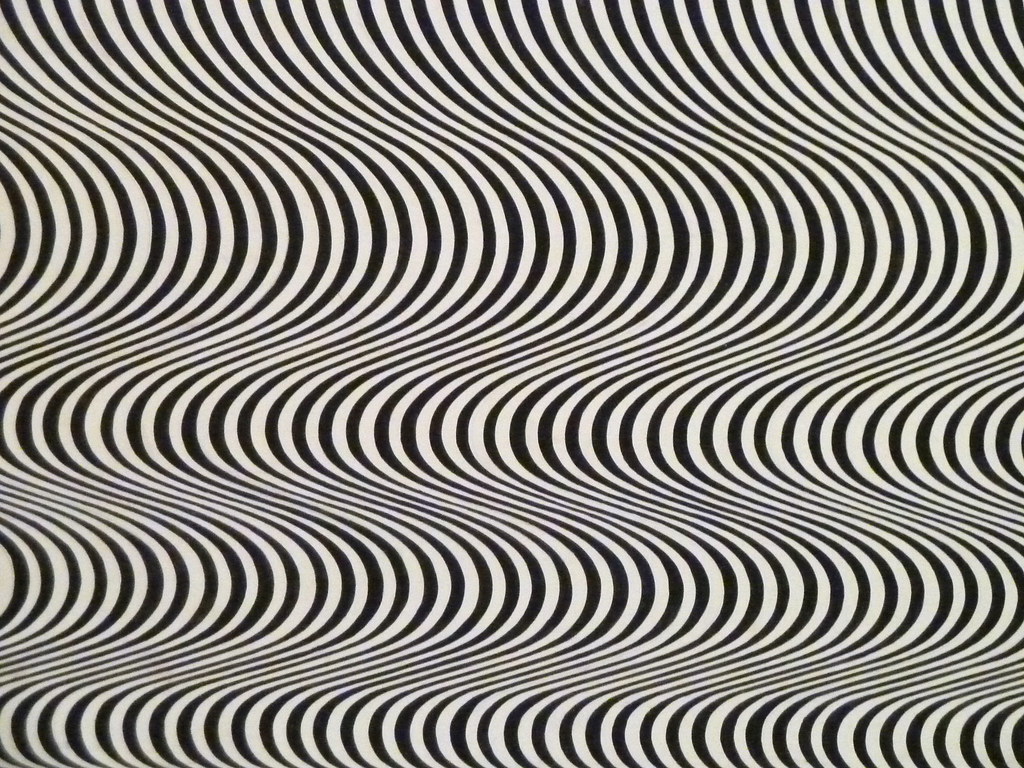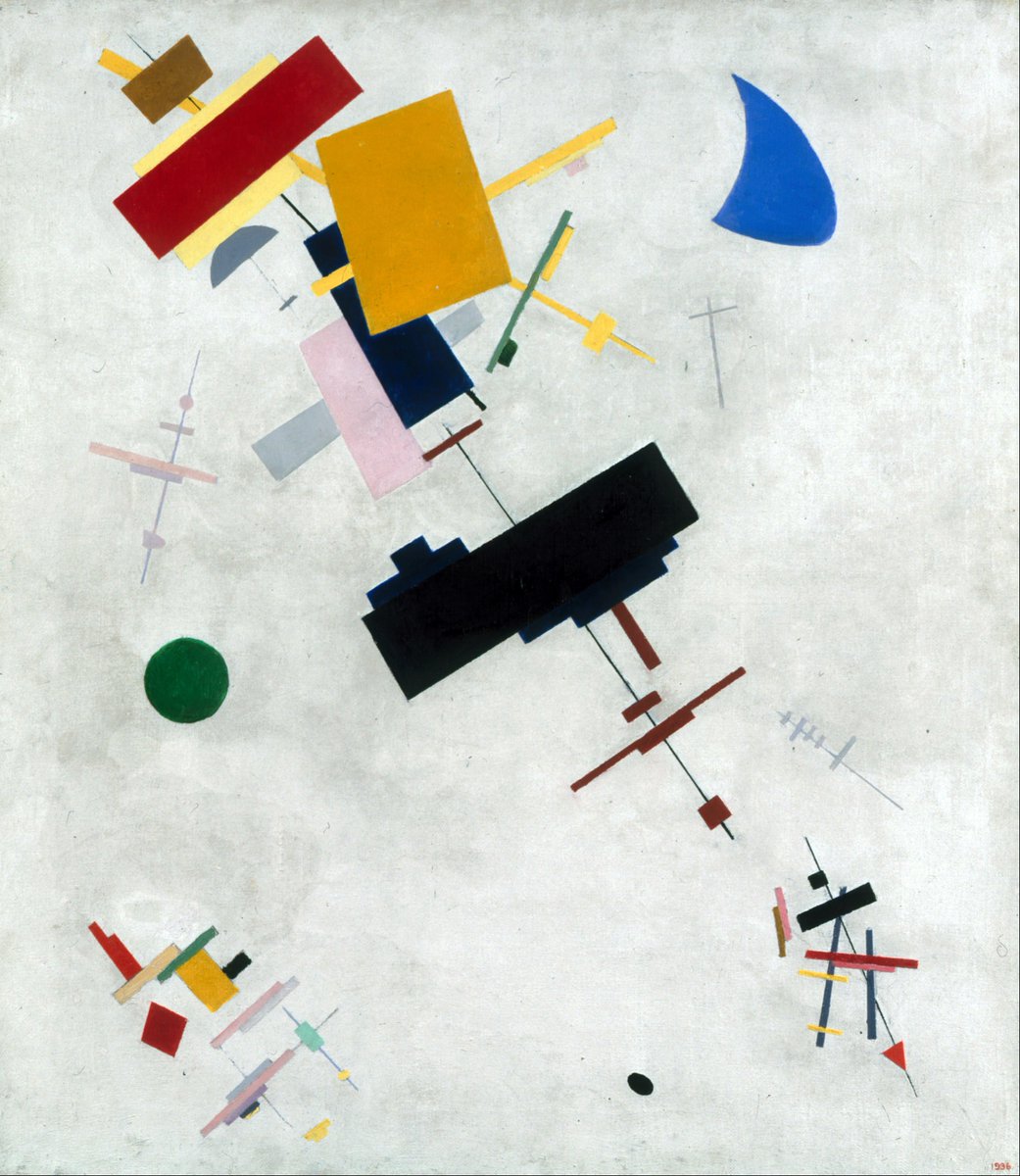
- Surrealism was an art movement that emerged due in part to the art world's fascination with scientific discoveries. In the early part of the 20th Century psychology was still in its early stages and a lot of the ideas going around about the human mind and how it worked was not much more than sophisticated guess-work. Scientists like Sigmund Freud attempted to make sense of it all and formulated theories that would later be largely discredited. Learning about the influence these early theories had on artists gave us an opportunity, therefore, to discuss the scientific method, and the way in which all scientific truths are provisional, waiting around to be replaced by new discoveries and more refined ways of understanding the world and ourselves in it.
- Students looked at the work of Catalan painter Joan Miró. They attempted to reproduce his murky, dream-like backgrounds by mixing secondary colors into a swirling soup of muted tones. To this they added bizarre arrangements of shapes, lines and colors. Inspired by the artists use of recurring imagery, the students' drawings are derived from multiple combinations of the same simple designs. Finally they colored these in so that some spaces were opaque and others remained transparent.
- For this project the first grade learned first about a famous portrait painter (Amedeo Modigliani) and then about the art movement called Fauvism. Modigliani was the inspiration for their naturalistic but simplified self-portrait drawings while the Fauves inspired the use of vibrant color.
- In painting their portraits the students had to make use of color theory, especially the idea of complementary colors: colors that look good together precisely because of their differences. Students learned how to identify complementary colors and how to use them for effect in their work. corresponding parts of their portrait on either side of the center line are done in complementary colors (red/green, blue/orange & yellow/purple).
- First graders began by learning and overview of the history of animation from Winsor McCay to modern computer animation like Pixar. They learned a little about the mechanisms that make movie cameras and projectors work and how this technology allows filmmakers to create tricks that give the illusion of movement.
- For our stop-motion animation we wanted to keep things simple and so we chose as our subject matter simple, single cellular life forms such as paramecia. We watched footage of how microscopic organisms move around using tiny hair-like structures called cilia and flagella.
- Students all created their own collage-based abstract microbe with a flagellum and we took dozens and dozens of photographs to create an animated video that would mimic the appearance of these creatures under a microscope.
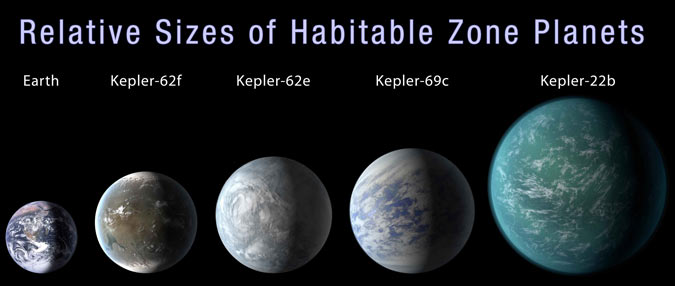
- In STEAM the 1st grade learned about how artists and scientists sometimes work together because the differences in their expertise and skill sets complement one another. This is especially evident when scientific study yields a lot of information about something that cannot be seen but is rather known through indirect evidence. The classic example is dinosaurs; all we have are fossil bones and footprints but what we think of most often are the artists' impressions (educated guesses) made by artists about what these creatures might have looked like in life. The burgeoining field of extra-solar planetology is another such area.
- Scientists have confirmed the existence of about two thousand "exoplanets" orbiting distant stars. We cannot see them but we can infer their size and even their composition from indirect evidence. Comparing tis information to the planets we can see (those in our own solar system) artists can make a good guess about what a planet might look like.
- To create their own impression of an exoplanet, students learned about the surface features we observe on large gaseous planets like Jupiter or Saturn and on smaller rocky planets like Mercury and Mars.
- They used a compass to draw a circular shape and colored on the surface features. These features gave an indication of their planet's "actual" size that had to agree with its relative size compared to a photograph of the Earth intended to show scale.
- Kindergarten learned about Japan, it's culture, history and geography. We especially looked at the way these interact, for instance in the way Japan's geographical isolation allowed Japan's art forms to develop their own unique aesthetic values based on simplicity.
- Students created their own cherry blossom paintings using India ink. The creation of these pieces included a mini physics lessons as students experienced how a gas (their own breath) has mass despite being invisible and is able to exert force. They used a straw to blow a bead of ink across the paper and create the branches for their blossoms.
- To paint each flower they dipped their brush in red on one side and white on the other, allowing the colors to mix and form pink during the painting process.

- Ansel Adams was a nature photographer. His subject matter was close to his heart; as a director of the environmentalist group called the Sierra Club Adams helped fight for the cause of nature conservation.
- Through this photography project students enlarged upon the distinction they were learning to draw between living and non-living things in their science unit to also distinguish between "natural" and "man-made". Like Ansel Adams, they would seek out subject matter that was from nature.
- Once a photographers know what the subject matter of their pictures will be they need to decide how to photograph it. Students looked at a variety of photographs and learned first to identify and then to create their own "close-ups".
- On our own "Nature Island" students had frame close-up photos that showed interesting views of nature without including any of the made-made objects around them (cars, buildings, asphalt, etc.). These photos were then edited on the iPad to be black and white and students adjusted brightness and contrast to improve their appearance.
- Arthur Dove was an American abstract painter before the heyday of American abstract painters like Jackson Pollock or Jasper Johns. His pieces often resemble landscapes and have repeating motifs like rolling horizon lines and concentric circles vaguely resembling a sun or moon.
- Students made two pictures in the style of Arthur Dove with horizon lines and concentric circles. We learned about the way colors can be grouped based on the impression of temperature they can convey: blue, green and purple for cool, red, orange and yellow for warm. They colored their pieces in these contrasting palettes to be shown as companion pieces.
- Van Gogh painted sunflowers over and over again, strying to work out exactly the right composition, colors, lighting, etc. As Spring began, the pre-K followed the famous painter's lead.
- In our discussions we talked about the difference between the reason why people like flowers (they're pretty/they smell nice) and the reason they exist in nature. Students used their knowledge of plants, their parts (leaves, roots, stems, etc.) and what they need to live. We watched timelapse video of a flower blooming, wilting and subsequently bearing fruit, learning that the purpose of the flower is to attract pollinators to create seeds to grow new plants.
- To create our paintings we had to use two different kinds of symmetry: bilateral and radial. Students cut out symmetrical vases for their flowers by folding a piece of paper in half. The petals around the flower on the other hand had to display radial symmetry (symmetry not only of one side to the other but of all sides).
- Dutch painter Piet Mondrian believed he had distilled the fundamental attributes of art in his paintings: straight lines, rectangles, white, black and the primary colors. He made many paintings incorporating only these elements in different configurations.
- Pre-K kids began the year learning about these paintings by Mondrian. It was an excellent opportunity to be introduced to the primary colors. As a side project while creating these pictures students used watercolors to make color wheels with only primary colors.
Paul Klee was the inspiration for three of the projects in pre-K this year. His investigations into the fundamental qualities of art (shape, color, pattern, etc.) make him an excellent topic of study for little artists.
To begin the project students experimented on the SMARTboard combining smaller shapes to build larger ones (such as two trapezoids to make a hexagon). From there we went the other way and took larger shapes and broke them down into smaller shapes.
In preparation for creating our artwork, students worked together converting piles of colored squares into pairs of right triangles by cutting diagonally across the middle.
Students glued squares onto their papers to create images of tall buildings or bridges. They placed the right triangles they made earlier over the squares.
We used the use of triangles as an excuse to talk about the ways triangles are used in real construction projects due to their structural strength, looking at photographs of girders and trestles.
- Paul Klee was the inspiration for three of the projects in pre-K this year. His investigations into the fundamental qualities of art (shape, color, pattern, etc.) make him an excellent topic of study for little artists.
- To create these portraits students had to use a " straight-edge", a tool to help them to draw straight lines with precision. We used a ruler. They created a network of intersecting lines that formed irregular shapes across the face, neck and shoulders.
- When coloring in the resulting shapes students had to be careful not to color adjacent shapes with the same colors. This effort lead us to discuss "map-coloring" which is actually a small branch of mathematics famous for the "4-color theorem", the first theorem ever proven by a computer.
- Paul Klee was the inspiration for three of the projects in pre-K this year. His investigations into the fundamental qualities of art (shape, color, pattern, etc.) make him an excellent topic of study for little artists.
- In this piece we noticed the repeating pattern of colors. Students replicated this pattern in collage, replacing gray with reflective silver pieces. The "ABC" pattern was not so difficult. The trouble was the fact that each row was not the same (ie did not begin with the same type of square as the row above). Students completing a row had to maintain the pattern as they moved down to the new row. This was surprisingly difficult.
- Albrecht Dürer was a painter from Germany during the Northern Renaissance. Students learned about this print of a rhinoceros. We looked carefully at the ways in which the artist's representation suffers in terms of accuracy due to his never having actually seen a rhinoceros. All his sources were second-hand.
- Students were assigned an animal and made two draft sketches based on close observation of the animals features and proportions. These sketches were then used to create a foam plate from which the students could pull prints.
- This project connected to our STEM theme by utilizing the skill of observation and by demonstrating the influence of technology (the printing press) on world history.
- Students created pinch pots with an emphasis on the balance between function and aesthetic design.
- Bridget Riley is a major figure in the Op Art movement. Her pieces take advantage of the way our eyes are capable of perceiving the effects of motion in still images. Many of her most famous pieces are entirely black and white.
- Students completed these pieces during their STEAM time, where art and science are combined. They learned about the meaning of "optical" and a bit about the anatomy of the human eye. We looked at a variety of optical illusions.
- The creation of these pieces required a strong sense of pattern-recognition; while each row is a simple AB pattern, any adjacent row flips the pattern to BA.
- Students learned about Russian artist Kazimir Malevich and his art movement known as Suprematism. Malevich believed beauty could be expressed purely through shape and color without having to imitate nature or life. His works use primarily geometric shapes.
- The shapes used in this project were manufactured byt he students ahead of time. They had cut paper and then sort the shapes based their properties. FOr example, there was a bin for rectangles but not for squares, forcing students to see how squares and rectangles belong to the same category of 4-sided shape.
- We tried to avoid placing shapes randomly and tried to slow down our decision-making by thinking deliberately about ideas like balance, contrast, rhythm, and density. Students tried multiple configurations before settling on the one they felt had the best impact.
- Romare Bearden created multimedia collages. His work often reflected his experiences growing up surrounded by artists and musicians of the Harlem Renaissance.
- Students took photographs of themselves with the iPads and edited them digitally. The pictures were converted to black and white and students adjusted brightness, contrast and grain to their liking. The pictures were then printed and cut up into individual features.
- Students assembled faces from the bits and pieces of all the kindergarten photos. They had to be placed according to the rules governing facial proportion. For instance, the eyes should be halfway between the top of the head and the chin.
- Jasper Johns was an Abstract Expressionist, but unlike his contemporary Jackson Pollock he believed painters still needed to have some kind of subject matter to give form to their work. To avoid allowing the subject matter to steal the spotlight from the painter's expressionistic style, he chose neutral, "boring" subjects like maps and numerals.
- Students learned about Monochromatic painting: using different values of a single color. They used a syringe to add increments of white and black to bottles of a base color to create tints and shades.
- We talked about the way the subject becomes partially obscured in the painting and compared this to camouflage in animals. Students were challenged to make their numbers hide without totally disappearing.
- Sol LeWitt was famous for large scale wall drawings like this one. Often the work of creating the drawing was given to teams while LeWitt focused on concepts. He would sets of instructions for the teams to follow.
- In this project students used craft sticks to create a tool that could be used to make prints of equally spaced stripes. The printed with a variety of colored inks and learned about the different names given to lines in depending on their orientation (horizontal, diagonal, vertical).

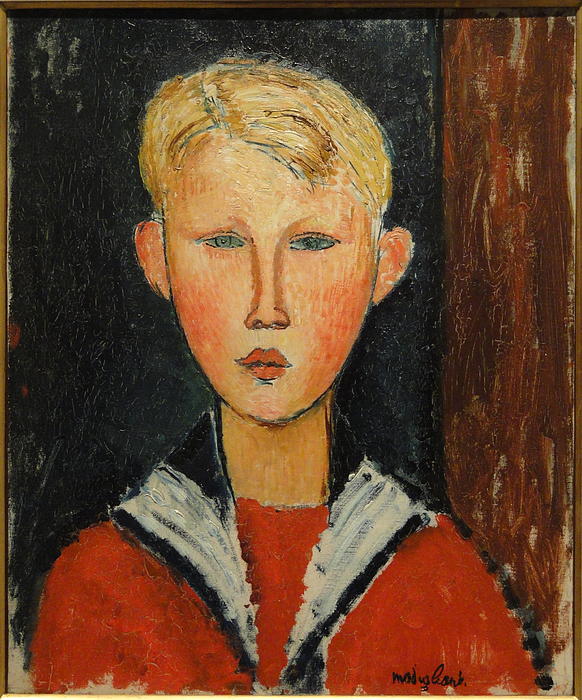

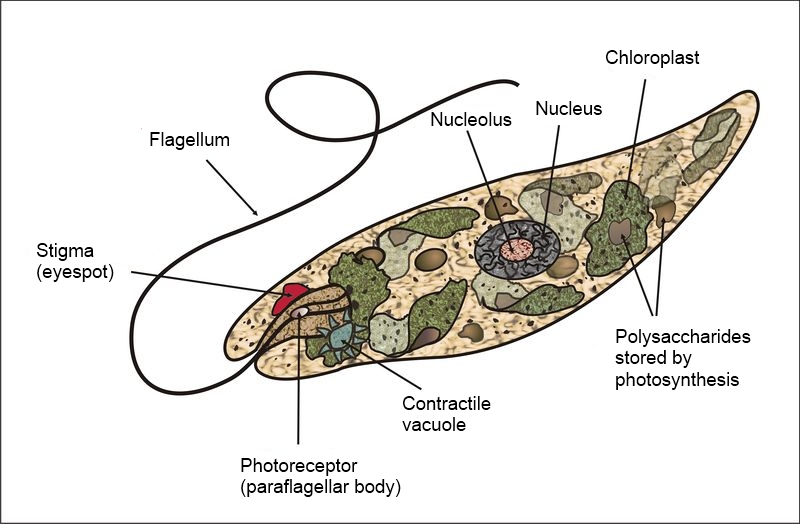






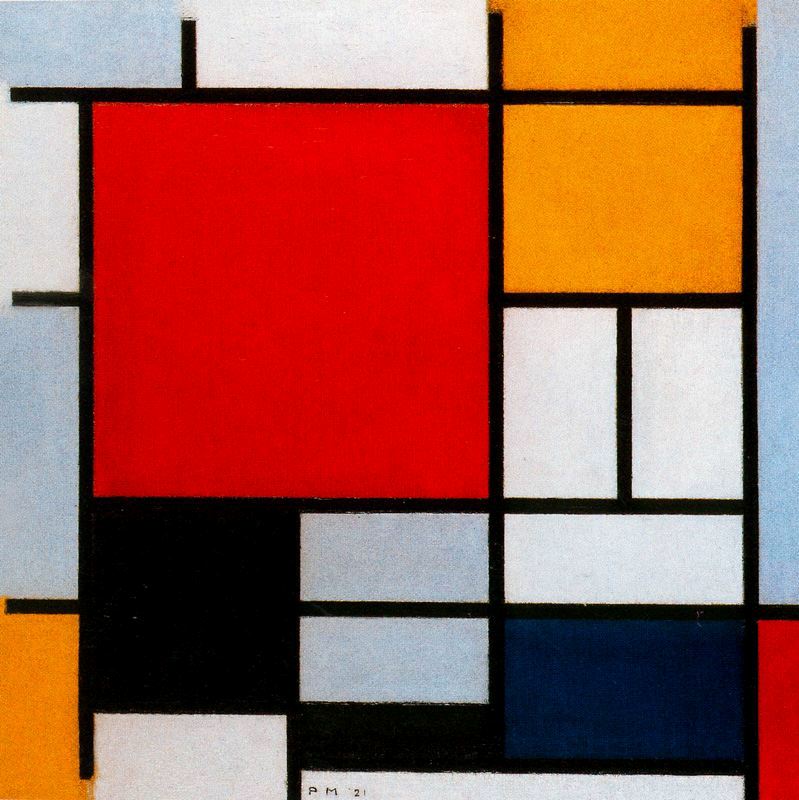


.jpg)


